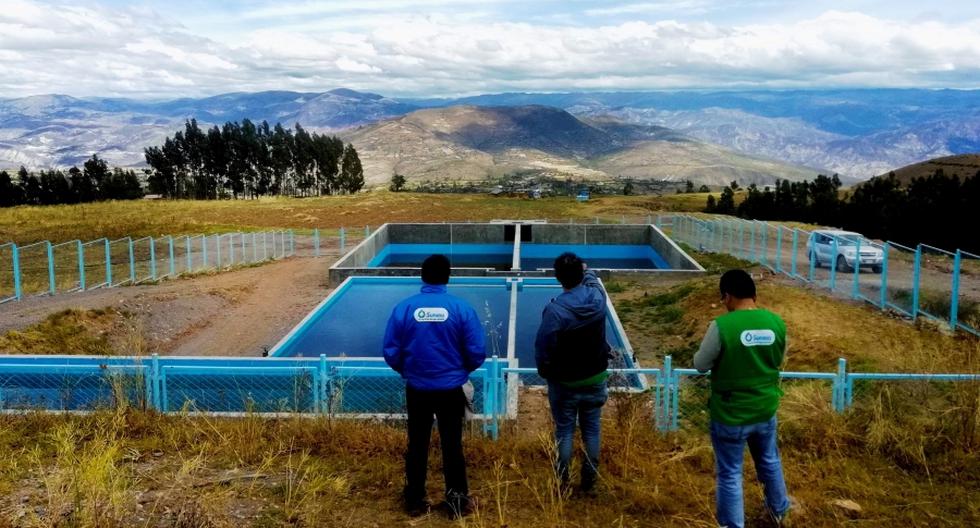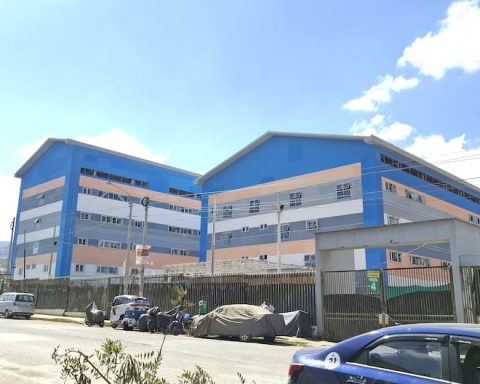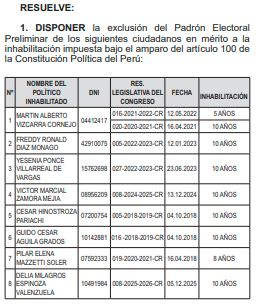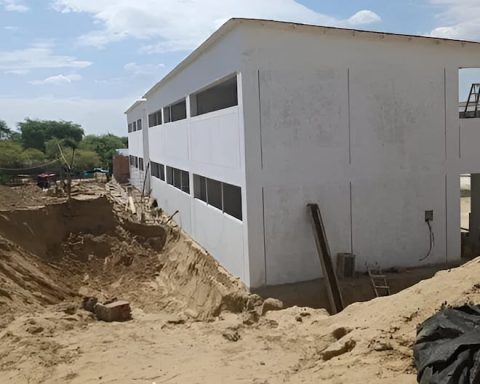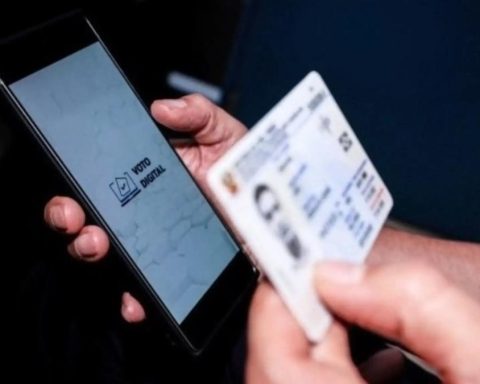From 2020 to June 2022, 1 million 286 thousand 258 people throughout Peru suffered interruption of drinking water and sewage services, due to 111 emergencies caused by natural phenomena, which damaged the infrastructure of sanitation services and stopped the regular supply.
These events caused the interruption of sanitation services for a total of 1,536 days. Intense rains were the ones that caused the most emergencies (48), followed by landslides (31), floods (13), earthquakes (8), mudslides (7), forest fires (2), pollution (1) and electrical storms ( 1).
Likewise, the population affected by emergencies and the cut off of sanitation services during 2020 and 2021 was similar. In 2020 there were 611,561, in 2021 they rose to 640,350 and between January and July 2022 there were 34,347 registered.
The data, compiled through the Emergency Monitoring System of the National Superintendence of Sanitation Services (Sunass), indicates that 94% of those affected by this type of event were located in urban areas, while 6% in rural areas. rural zones. You can access the information at
In most cases, the affectation of the sanitation systems occurred in the providers of community organizations in rural areas, impacted with 53 emergencies, while the companies providing sanitation services – EPS by 42 and the units of municipal management – UGM for 16 natural phenomena.
Providers’ ability to respond to these emergencies was quicker in the EPSs, which managed to replenish the service in an average of 5 days. In the municipal management units, the delay was 17 days, on average. Meanwhile, community organizations were the ones that had the greatest difficulty in reestablishing the service, reaching up to 21 days, on average.
Disaster risk management to ensure supply
Sunass, as regulator of sanitation services, whose purpose is to guarantee the population access to sanitation services in quality conditions, established that disaster risk management be included in the optimized plans of the service providers, and It is incorporating the creation of reserve funds and management goals associated with disaster risk management into rate studies.
This is how, in recent years, Sunass managed to ensure that 48 of the 50 provider companies, at the national level, have funds for disaster risk management, with the exception of EPS Sedajuliaca S.A. and Agua Tumbes, which have pending formation of a reserve fund for this purpose.
These reserves, collected through the fees paid by users monthly, allow planning and implementing actions to reduce risks, prepare for and respond to emergencies that may affect the continuity of service and the population’s drinking water supply, due to the high vulnerability of Peru to natural phenomena and climate change.
